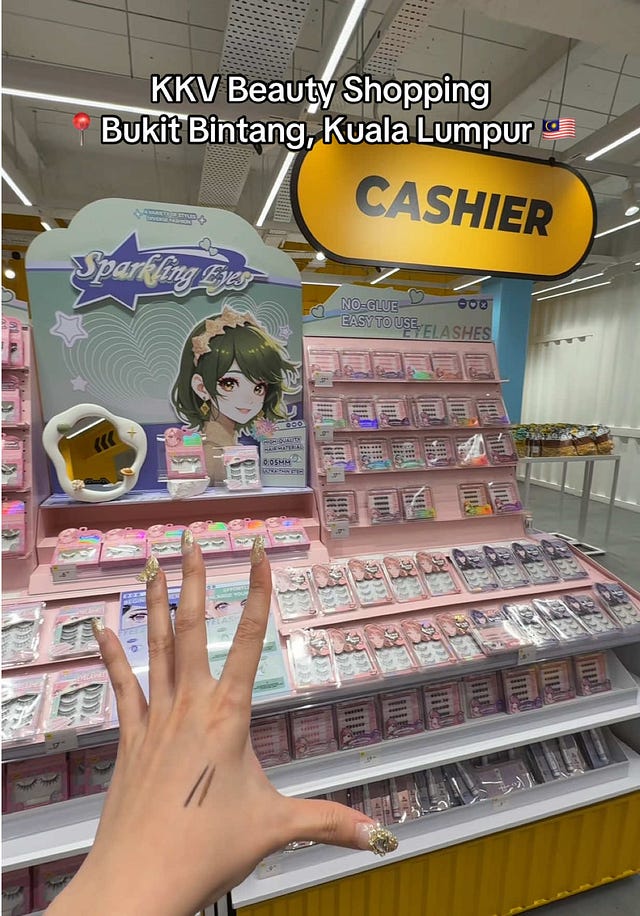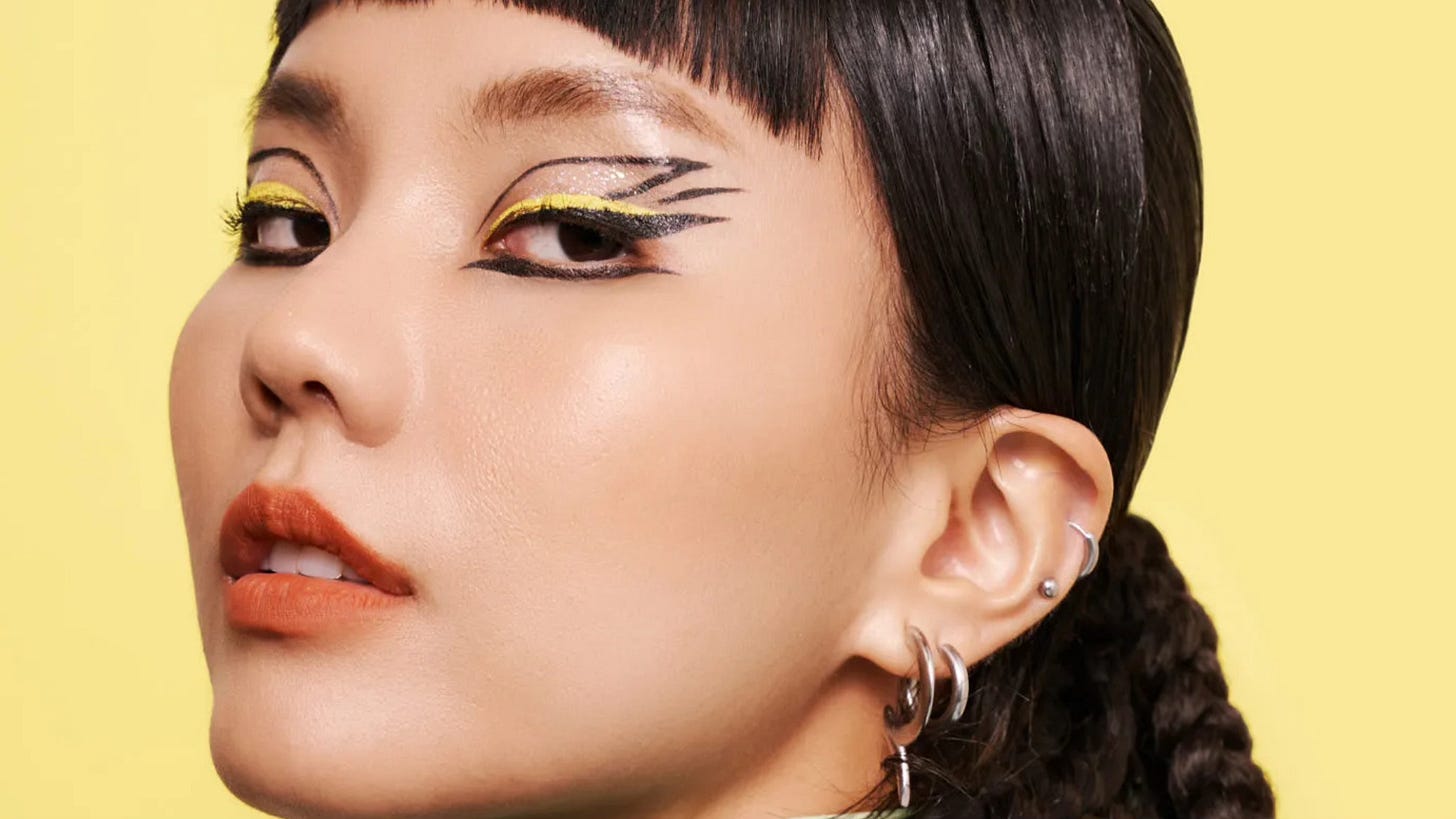
I spent a few weeks in Malaysia this spring. I was there to explore what’s happening in beauty, and came back with a much broader perspective. There’s something magnetic about the country, a sense of momentum that you can feel in the streets, in the shopfronts, and in the way people express themselves. Beauty there is a reflection of culture, climate, identity, and change, all layered together.
Malaysia’s population is a rich mix of Malay, Chinese, and Indian communities, each with their own beauty rituals, traditions, and expectations. That diversity collides, blends, and evolves into something distinctly Malaysian.
I didn’t go with a list or an agenda. I walked, I observed, I browsed, I asked questions. What I found was a market full of contrasts, rooted, playful and shaped by heritage but moving quickly. Here are a few things that stood out.
🇲🇾 Homegrown & Thriving
Malaysia’s growing influence on the region (the country just hosted the ASEAN summit) is echoed in its beauty market. There’s a sense of confidence and it shows in the rise of local brands that aren’t just following global trends, but responding to local needs with a clear point of view.
New homegrown names are gaining real traction, especially among younger consumers. They're rooted in local culture, climate, and concerns and they reflect a market that’s increasingly self-assured.
There are so many I could talk about but here are five that should be on your radar:
Chuck’s
Often described as the "Glossier of Malaysia", this brand was launched by influencer Jane Chuck and now has its own retail store in Kuala Lumpur. It is clean, curated, and social-first.FaceAnne
Formulas designed for Malaysia’s heat and humidity. This brand focuses on cooling, breathable skincare that works perfectly well with the climate.The Mango Flamingo
Hyperpigmentation is one of the top skin concerns in the region. This brand speaks directly to that, with targeted products and a clear focus on dark spot correction.Olumes
Drawing from the rich biodiversity of Borneo, this brand incorporates marine botanicals from the Celebes Sea. It blends local ingredients with modern skin science.Dododots
Pimple patches with a twist. From bows and butterflies to (disturbingly realistic) cockroaches, their designs are fun, playful, and completely Gen Z.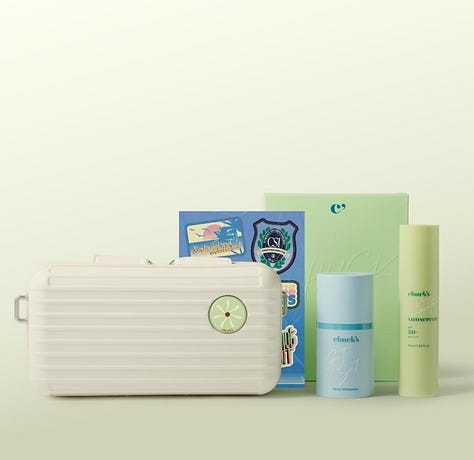
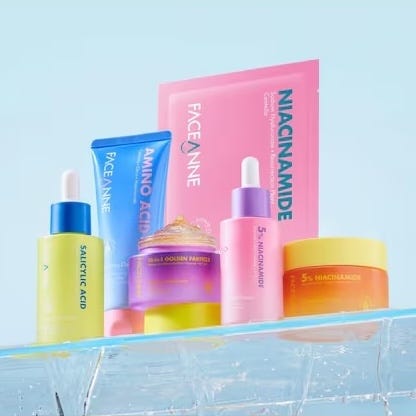
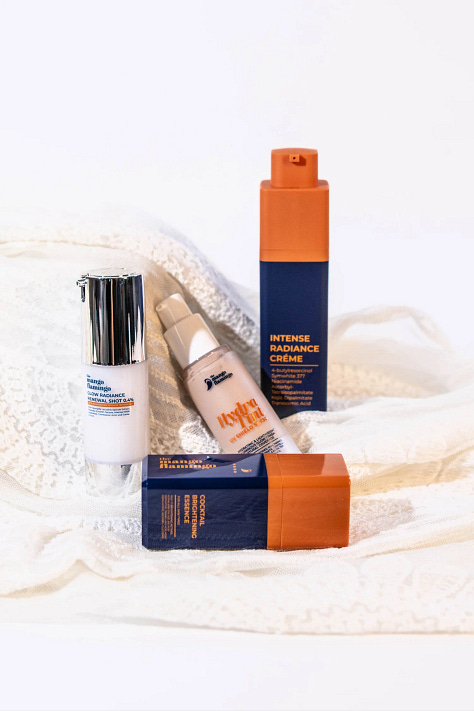
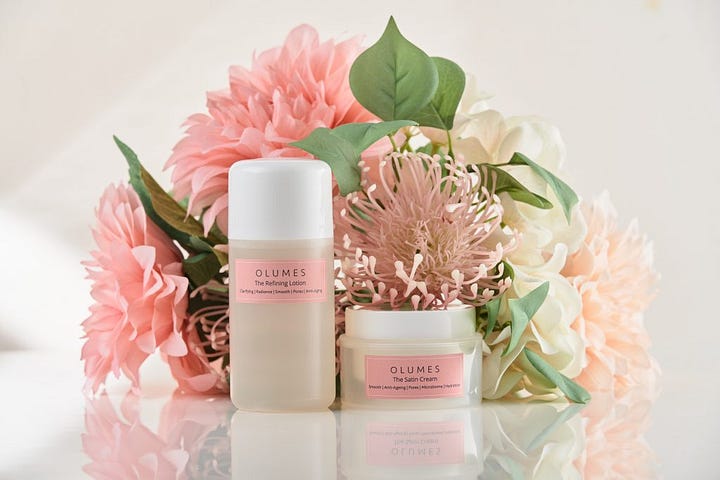
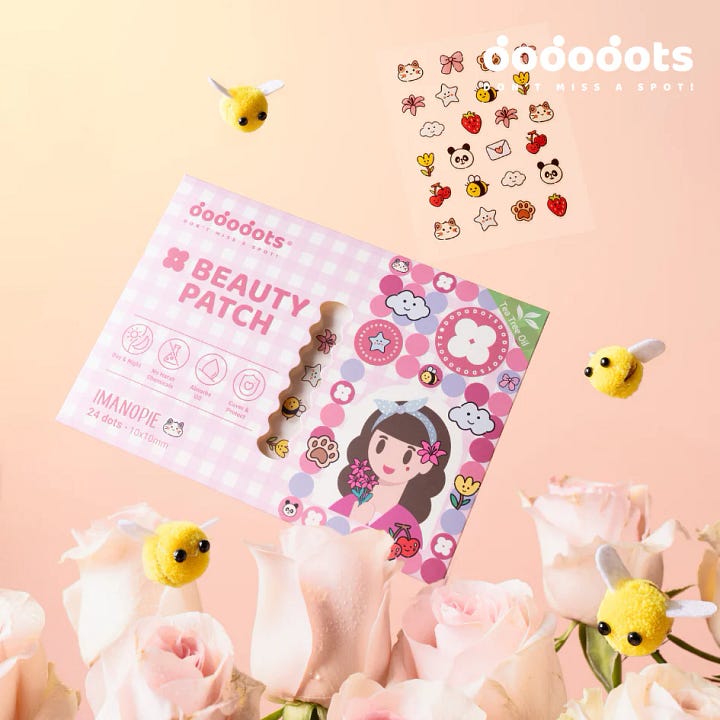
Together, these brands reflect a broader shift: beauty made for Malaysia, by Malaysians, with growing appeal both at home and beyond.
🐉 C-Beauty’s Takeover
Alongside the rise of local brands, another clear shift is happening: the steady rise of C-Beauty (Chinese beauty).
While K-Beauty once dominated the skincare shelves in Southeast Asia, Chinese brands are now quickly gaining ground. Their growth in Malaysia is especially visible in the new wave of multi-brand concept stores like KKV. These colourful, youth-oriented spaces feel part beauty playground, part lifestyle hub, and they give major visibility to Chinese makeup brands that were once hard to find outside of e-commerce platforms. C-Beauty’s appeal lies in a few key things: trendy packaging, high product turnover, and affordable price points.
 Tiktok failed to load.
Tiktok failed to load.Enable 3rd party cookies or use another browser
Among the many brand names gaining traction, one that kept coming up during my visit was Skintific. Though launched in Indonesia in 2021, it’s one of several Chinese-made skincare brands that are now everywhere in Malaysia. Its strategy is aggressive: constant promotions, an always-on influencer network, and a steady stream of content across TikTok and Instagram.
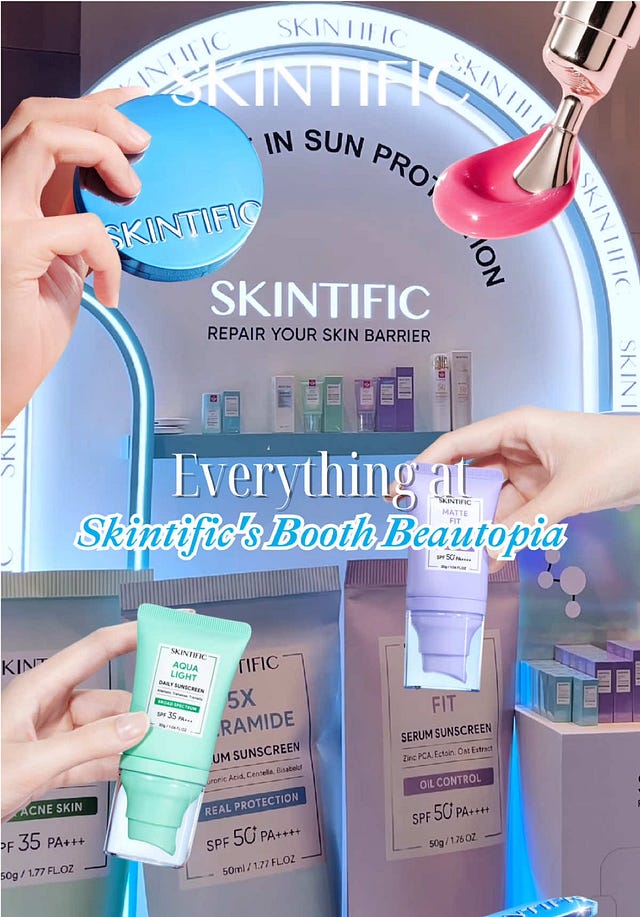
 Tiktok failed to load.
Tiktok failed to load.Enable 3rd party cookies or use another browser
What’s interesting is that consumers don’t necessarily see these brands as foreign. Instead, they’re perceived as part of the new Asia (fast, affordable, and social). In a region where cultural and economic proximity to China is growing, and where price-consciousness is still strong, this kind of positioning works incredibly well.
C-Beauty may not have the soft power of Korean pop culture behind it (yet) but its quiet growth in Malaysia is a sign of where things might be headed.
🧸 Other Signals
Beyond beauty products and brands, a few broader trends stood out.
The rise of Aesthetic Medicine
One thing that was hard to miss: aesthetic clinics are everywhere. In malls, on street corners, above cafés. Many look like standard beauty salons, but offer medical treatments (like lasers, injections, fillers) often without much distinction between spa services and medical procedures. The accessibility is striking, but so is the lack of regulation. It raises concerns about safety and oversight, especially when invasive treatments are being performed outside of proper clinical environments.
Halal and Inclusive Representation
Malaysia is a global leader in halal certification, and the halal logo is proudly visible on food packaging across the country. In beauty, it’s more subtle. While there are a few established halal-certified brands, halal beauty isn’t yet a full-fledged category. What’s more visible is representation: many local and regional brands include women in hijab in their marketing, not as a token gesture, but as part of the norm. This cultural fluency positions Malaysian brands well for exporting to markets across the Middle East and Southeast Asia, where halal assurance and inclusive branding are increasingly important.
The Toy Frenzy Is Real
In Malaysia too, brands are getting creative with how they build emotional connection. Collectible toys, inspired by the Pop Mart craze, are everywhere. Some brands have even launched their own IP: Lavender Bakery has its own plush pastries, ice cream brand Mixue sells soft toy versions of its cartoon mascot. In an attention economy, merch, when done well, becomes a touchpoint, a conversation starter, and a new revenue stream all at once.
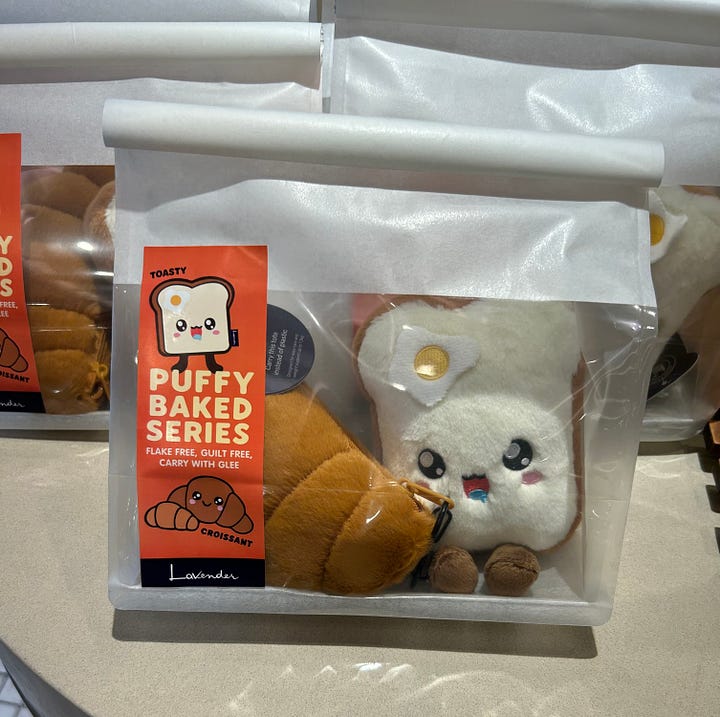
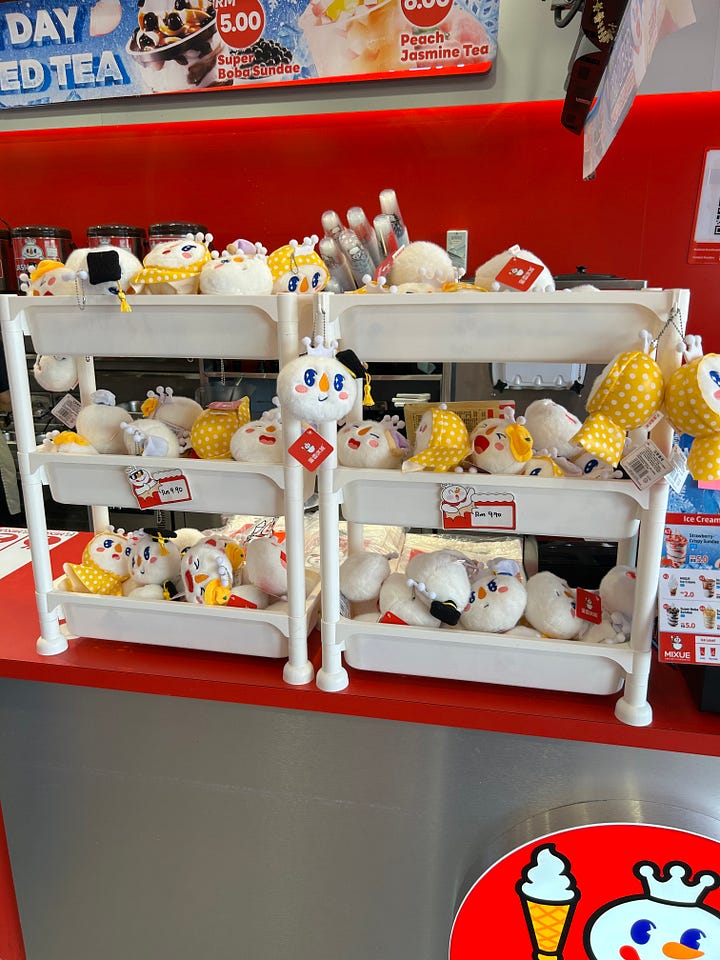
A SCENARIO FOR THE FUTURE OF BEAUTY
Lucy lands in Kuala Lumpur, marvelling at how much Malaysia has transformed since her last visit. It’s 2035, and the future of beauty here is unlike anything she imagined.
Her first stop is to a boutique on Jalan Bukit Bintang, where a local brand use advanced marine biotechnology: lab-grown coral cells inspired by species from the Andaman Sea are engineered to mimic the skin-repairing properties of real reefs. A portion of the proceeds funds reef restoration projects, creating a closed loop where skincare helps rebuild what climate change has threatened.
On the shelves, climate-adaptive beauty is everywhere. In Malaysia’s humid tropical air, cooling skin-wear has evolved: ultra-thin, breathable nanofibers infused with botanical extracts from Borneo regulate temperature and release antioxidants as you move through city heat.
Aesthetic clinics have transformed into Wellness Sanctuaries, blending traditional Malay healing rituals with futuristic tech. Painless micro-robotic treatments combine laser therapy with herbal infusions sourced from Sabah’s rainforests, offering regenerative care that honours local traditions.
Even the playful side thrives: beauty patches aren’t just cute anymore, they use biofeedback to signal skin health and emotional states, sparking conversations and community bonding.
For Lucy, Malaysia’s beauty is a living celebration of culture, environment, and technology, deeply rooted, and unmistakably forward.
🤿 TAKE A DEEPER DIVE ON THE TOPIC
ASEAN in 2025: Challenges for the region under Malaysia’s chairmanship.
China, Malaysia join forces for high-level strategic community with shared future.
What’s really inside IV drips for white skin and other aesthetic fillers.
Southeast Asia’s Muslim market comes of age.
La Roche-Posay raises RM 100,000 to narrow Malaysia’s dermatology care gap.
Malaysia’s beauty scene offers more than just new brands or trends. It’s a window into how culture, commerce, and creativity are evolving together in Southeast Asia. It’s a reminder that beauty isn’t just shaped by global forces, but also by deeply local contexts and that’s what makes it so endlessly interesting to watch. If you want to explore more trends in this region or dive deeper into emerging signals, feel free to reach out. I’d be happy to assist.
See you in the future 🔮





